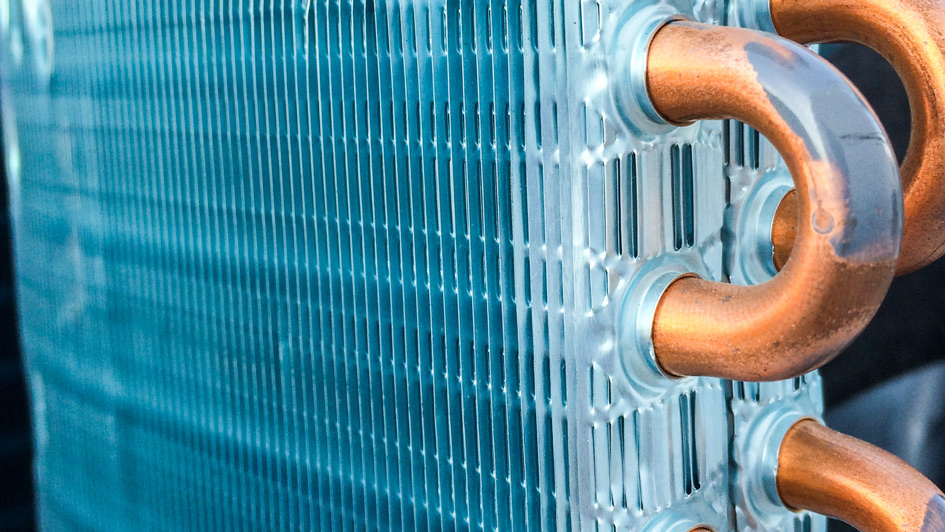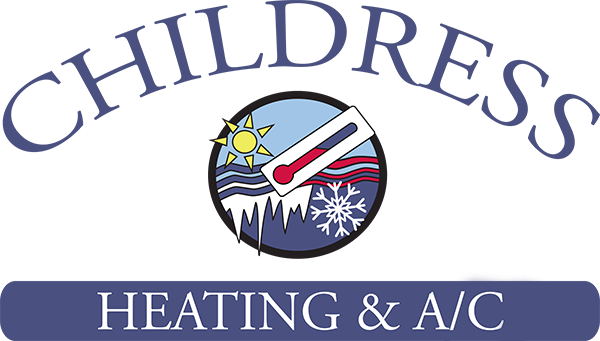
A furnace is almost always a background player in your home, ensuring you're warm in the cold winter months. It regularly isn't noticed until something goes wrong.
One cause may be that your furnace has a cracked heat exchanger. It can potentially be hazardous, so it’s critical to learn the symptoms of a cracked heat exchanger and what you can do if you suspect that might be the problem.
What Is a Heat Exchanger in a Furnace?
A heat exchanger helps move heat from the combustion chamber of your furnace to the air that circulates through the air ducts. It generally does this with coils or tubes that heat up the air while serving as a barrier to keep byproducts created in the combustion chamber, called flue gasses, from getting out into your home.
Is a Cracked Heat Exchanger Dangerous?
Because of its important role, it shouldn't come as a surprise that a broken heat exchanger can be hazardous. A crack in the heat exchanger can permit dangerous gasses – such as carbon monoxide, which can be lethal – to be distributed across your home.
For obvious reasons, do NOT run your furnace if you suspect there's a crack in the heat exchanger, as doing so could make your entire family ill. Reach out to an HVAC professional as soon as possible if you believe your furnace has a cracked heat exchanger that needs repair.
Four Warning Signs of a Cracked Heat Exchanger:
- Furnace turns off: A cracked heat exchanger could cause your furnace to shut off.
- Strange Smells: If the air coming out of your furnace has a powerful chemical odor, it might be a sign gas is seeping through cracks in your heat exchanger. These gasses, which will often smell like formaldehyde, are a common warning sign.
- Carbon monoxide alarm goes off or you notice health problems: If a cracked heat exchanger is releasing carbon monoxide inside your home, your carbon monoxide alarm could go off or family members could struggle with signs of carbon monoxide poisoning. Complications include headaches, dizziness, weakness, nausea, vomiting or feeling tired. If your alarm goes off or you feel unusually tired, get out of the home immediately and then call for help.
- Soot: If you notice black sooty accumulating around the exterior of your furnace, it’s another sign something might be seriously wrong.
What You Can Do if a Furnace Heat Exchanger is Cracked
If you believe your furnace has a cracked heat exchanger, call a pro experienced in furnace installation Fredericksburg as soon as possible so they can inspect your system and, if required, handle a furnace heat exchanger replacement. Costs should vary depending on the situation, but estimates can roughly suggest $1,000 to $3,000.
However, the good news is that heat exchangers are generally protected by the warranty. You should review the warranty paperwork on your furnace, since while the warranty may not cover the entire cost of repairs, it can significantly shrink your bill.
How to Avoid a Cracked Heat Exchanger in Your Home
One of the easiest ways to minimize the risk of problems in your furnace overall is with consistent furnace maintenance. Furnaces work the best when they operate efficiently. Hiring a certified professional to examine your furnace for broken-down parts, clogs in the air filters and other likely problems can keep you from getting a big bill later on.
It’s also a good idea to take a look at your furnace filters every few months – it’s ideal some filters be changed every 90 days or sooner if they are dirty or grimy. While the filters are not part of the heat exchanger itself, the strain of drawing air through a clogged filter makes your entire furnace work harder to accomplish its job. And the harder your furnace works, the more deterioration pieces like the heat exchanger will experience.
